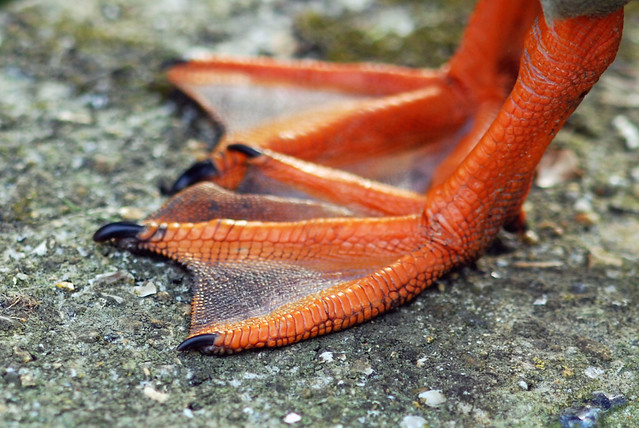I remember once seeing a large collection of dried fruits and seeds on display along with some other art in a local cafe. It was clear that an avid naturalist had collected each of the specimens on local hikes & related outings. Immediately to any observer we think of diversity of form and therefore diversity of function. This display case held a variety of long winged maple fruits, some asters with dandelion-like tufts, nuts, burrs with hooks and barbs, long legume pods as well as many others. Each of these dry fruit types are admired by botanists and well described with a long list of associated nomenclature. But there was another major category that for some reason was absent from this display case and is rarely discussed. A category that is highly prevalent in nature across species, but lacks any sophisticated adaptations for dispersal. What I am talking about is the visually unappealing, non-specialised fruits (usually capsules) full small seeds with no obvious features for dispersal. We refer these fruit types as non-assisted in terms of their dispersal mechanism, meaning they drop to the ground and then potentially are dispersed by run-off or related means. What is most amazing is that at the landscape or regional scale a large majority of these small herbs and other plants with non-assisted dispersal mechanisms still manage to migrate and disperse to suitable habitats just as effectively as other species with specialized structures for wind, water or animal-mediated dispersal. In other words, species that seem to have sophisticated structures for dispersal don't necessarily have larger range sizes (Thompson et al 1999: J. Ecol. 87). The prevalence and colonization ability of plants with non-assisted dispersal mechanisms may seem counter-intuitive, but this leave us asking what can fruit and seed morphology tell us about a species dispersal ability and the potential for range shifts with climate change? How do these rare long distance dispersal event happen? What sort of time period constitutes these 'rare events'? To make things even more confusing, it is also argued even for species with sophisticated structures for dispersal, nonstandard events (e.g. seeds being stuck to the bottom of waterfowl feet) are still usually responsible for long-distance dispersal (Higgins et al. 2003: Ecol . 84).
So how do we understand these events, can we ever get at the mechanism of dispersal limitation for a species? These events are almost impossible to study, even with the use of genetic tools it is difficult to tell whether an individual at location X got there through conventional means, some non-standard dispersal event or whether pollen from a far away population was just introduced from birds/insects. For
Mimulus cardinalis its interesting to think of all the possible means by which it could possibly disperse across drainage basins or upstream:
- Gusts of wind might be able to push seeds of the plant a few meters upstream.
- Maybe seeds get caught in deer fur as they are browsing plants
- Mergansers, mallards, Canada geese and other waterfowl are often seen resting in patched of
M. cardinalis so perhaps seeds are incidentally stick to their feet and feathers.
- Dead foliage with seeds might be as nesting material for riparian species (waterfowl, muscrats, dippers ect).







